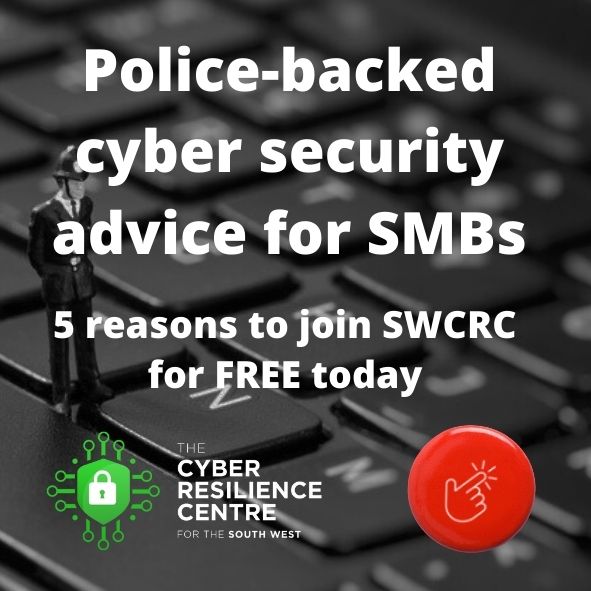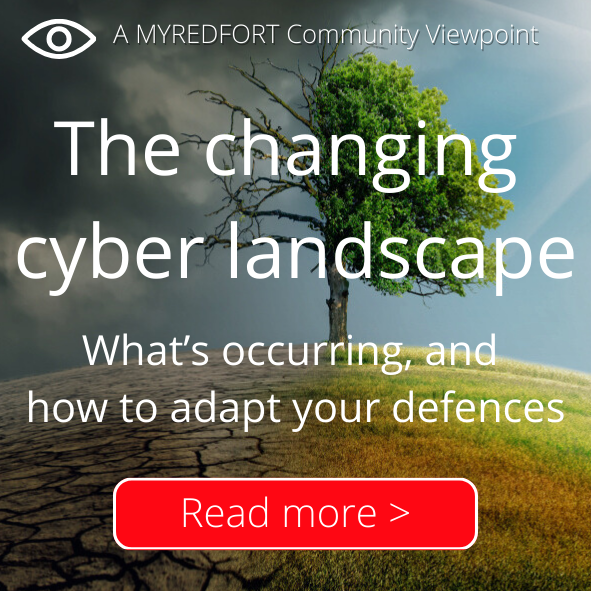The NIS2 Directive, adopted by the European Union, aims to strengthen the cybersecurity posture of essential services across member states. But compliance is proving an issue for many organisations.
While its implementation is a significant step forward in combating cyber threats, it introduces a range of challenges for organisations striving to achieve compliance. These challenges span legal, technical, organisational, and operational domains.
Here we look at those challenges in more detail, and solutions in the form of a handy checklist.
1. Complex regulatory landscape
One of the most significant hurdles in NIS2 compliance is navigating the complex regulatory landscape. The directive outlines broad cybersecurity obligations that vary depending on the sector, type, and size of the organisation.
For many businesses, especially small and medium-sized enterprises (SMEs), interpreting these regulations and understanding the scope of their specific responsibilities can be daunting. Moreover, because NIS2 requires member states to transpose the directive into national law, businesses must also contend with potential regional differences in interpretation and enforcement.
2. Resource constraints
Achieving and maintaining NIS2 compliance demands substantial resources. Many organisations, particularly smaller ones, may lack the personnel, expertise, or budget to meet the directive’s requirements. For instance, NIS2 mandates the establishment of robust risk management and incident response frameworks, which necessitate specialised knowledge in cybersecurity.
Additionally, implementing these measures, such as deploying advanced threat detection tools, securing systems against breaches, and regularly training staff, may require significant financial and human resources, which can be particularly challenging for smaller companies.
3. Data protection and privacy concerns
NIS2’s broad scope extends to various sectors, including essential services like energy, transportation, and healthcare, all of which handle sensitive data. Ensuring compliance while balancing the need for robust cybersecurity with the privacy rights of individuals can be a delicate task.
Organisations must ensure their cybersecurity measures do not inadvertently compromise data protection regulations, such as the General Data Protection Regulation (GDPR). The intersection of cybersecurity and privacy laws adds complexity, requiring businesses to design solutions that are both secure and compliant with privacy laws.
4. Continuous monitoring and maintenance
NIS2 places a heavy emphasis on continuous monitoring and regular updates to security protocols. Cyber threats are constantly evolving, which means organizations must remain vigilant, ensuring that their systems are resilient to the latest attack methods.
This requirement for ongoing vigilance presents operational challenges, as businesses must be equipped to detect, respond, and recover from incidents promptly. It also necessitates the establishment of comprehensive monitoring systems and processes for continuous risk assessment.
5. Supply chain risks
NIS2 emphasises the need for organisations to address cybersecurity risks within their supply chains. This is particularly challenging in today’s interconnected world, where businesses often rely on third-party vendors for essential services and technologies.
Ensuring that all partners and suppliers are also compliant with NIS2 regulations can be difficult, as it requires comprehensive vetting processes and frequent audits. The risks posed by less-secure suppliers or partners can expose an organisation to significant vulnerabilities, making supply chain security a critical aspect of NIS2 compliance.
In summary
While NIS2 presents an opportunity to improve the overall cybersecurity landscape in Europe, it also poses numerous challenges.
Organisations must invest in resources, adapt to a complex regulatory environment, maintain a focus on data protection, and address risks within their supply chains to ensure compliance and resilience against cyber threats.
How to achieve NIS2 compliance
With its stringent requirements for managing cyber risks, securing supply chains, and reporting incidents, it’s essential for organizations to ensure compliance.
This article outlines the crucial steps for aligning with NIS2 standards, drawn from our comprehensive NIS2 Compliance Checklist.
More in Governance, Risk and Compliance (GRC)
How financial institutions can proactively address the challenges of the new regulations.
How AI can go from hunter to hunted.
How to ensure your business is ready for mandatory DORA compliance.
And why IT should care about them.
Cyber preparedness insights from a serving police superintendent
Share this story








